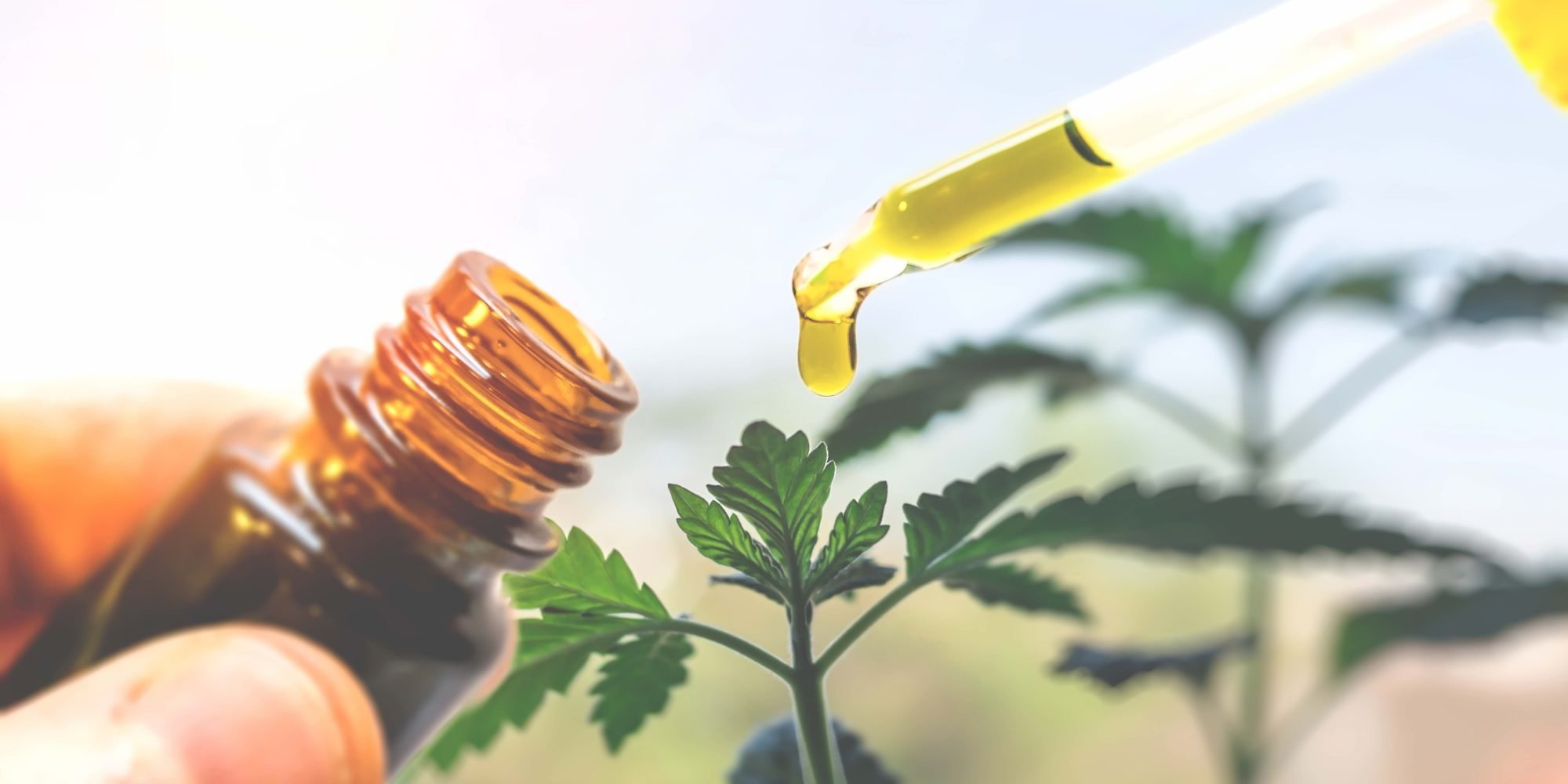
Dazed And Confused: False Marketing Promises Are An Enormous Obstacle To CBD Beauty Growth
Confusion over CBD product ingredients could prove the biggest obstacle to the cannabis category’s growth.
That’s the conclusion of three experts with diverse experiences in the CBD space participating in last week’s Well + Good Talks panel discussion at Made by We in New York City. They emphasized that the challenge for brands in the skyrocketing CBD trade is demystifying exactly what they’re selling amid a flood of hemp-related products.
The global legal cannabis industry is expected to triple by 2022 to $32 billion, according to research from Arcview and BDS Analytics, with beauty and personal care expected to nab a fair share of sales. The Brightfield Group projects revenue in the CBD sector will hit $22 billion by 2022. Despite the large figures, CBD beauty remains a nascent segment subject to misunderstanding, fear and hype.
A Well + Good study of 1,000 readers, who are leaders in embracing wellness trends, revealed one in four have tried CBD, suggesting the ingredient isn’t quite as ubiquitous as the buzz around it implies. Senior editor Jessie Van Amburg said they want to grasp the science behind CBD-based products. That’s been a tall order, especially because there are a myriad of products on the market with questionable claims.
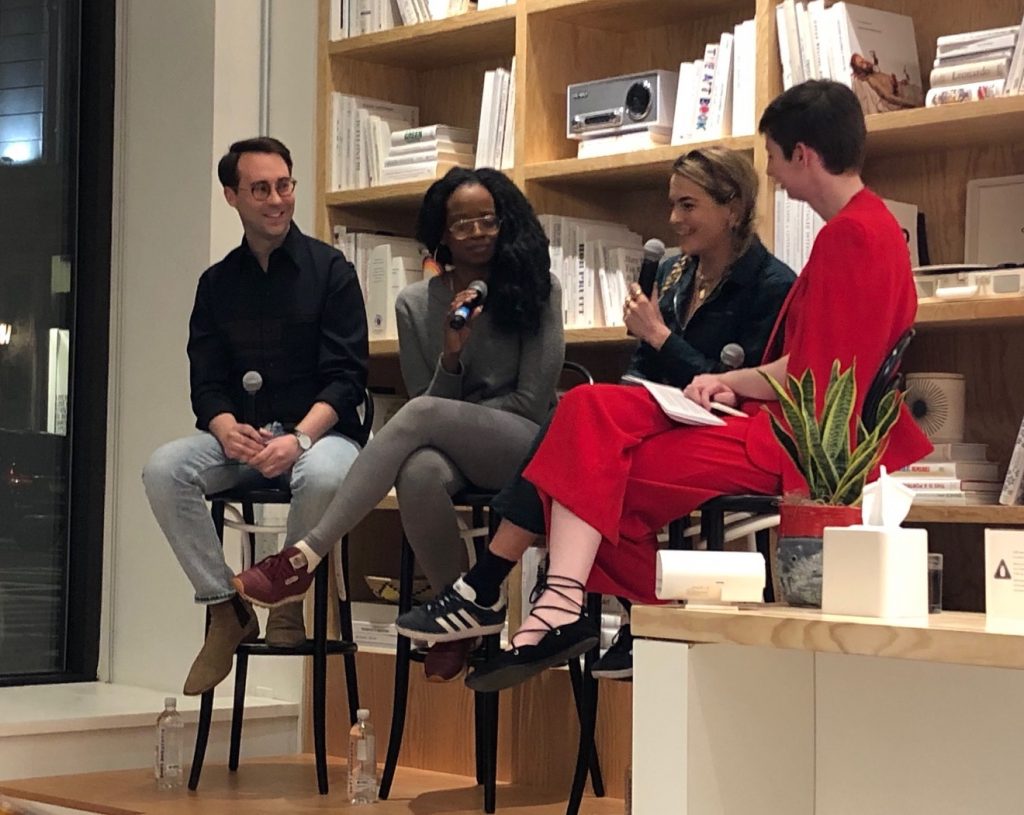
A lack of federal regulation has made CBD marketing a free for all. When Anthony Saniger, founder and CEO of Standard Dose, was prepping the launch of his online resource—and soon to be physical store—centered on CBD products, he discovered brands with misleading packaging. “They didn’t say truthful things,” he said. “They listed a certain milligram of CBD, but they didn’t have anything [in the product]. They were saying, ‘We cure everything,’ which is kind of snake oil.”
To cut through the clutter, Saniger said Standard Dose features a glossary of terms on its website. Brands available on the site not only provide their lab testing, but Standard Dose conducts its own to verify the testing results supplied by brands. Saniger asserted, “I tell people to double check that the product is a really good product and does not have THC because, if it does, you may get high.”
“I feel fed up and disappointed when I see companies calling themselves a CBD product when, in fact, it is mascara with a hemp oil in it. You are essentially lying to the consumer.”
There’s a need for more transparency and greater testing in the industry, stressed Chelsea Leyland, a medical cannabis and epilepsy activist. “In terms of purchasing, you have to see first if there are even cannabinoids in the product,” she said. “I feel fed up and disappointed when I see companies calling themselves a CBD product when, in fact, it is mascara with a hemp oil in it. You are essentially lying to the consumer.”
Leyland pointed out hemp was legalized in the U.S. last year upon the passage of the Farm Bill, which played an enormous role in setting off the current CBD rush. “So, when you see products in a gas station or Whole Foods, they are derived from hemp,” she explained. Although CBD is derived from hemp, hemp oil without it has infiltrated the consumer goods universe.
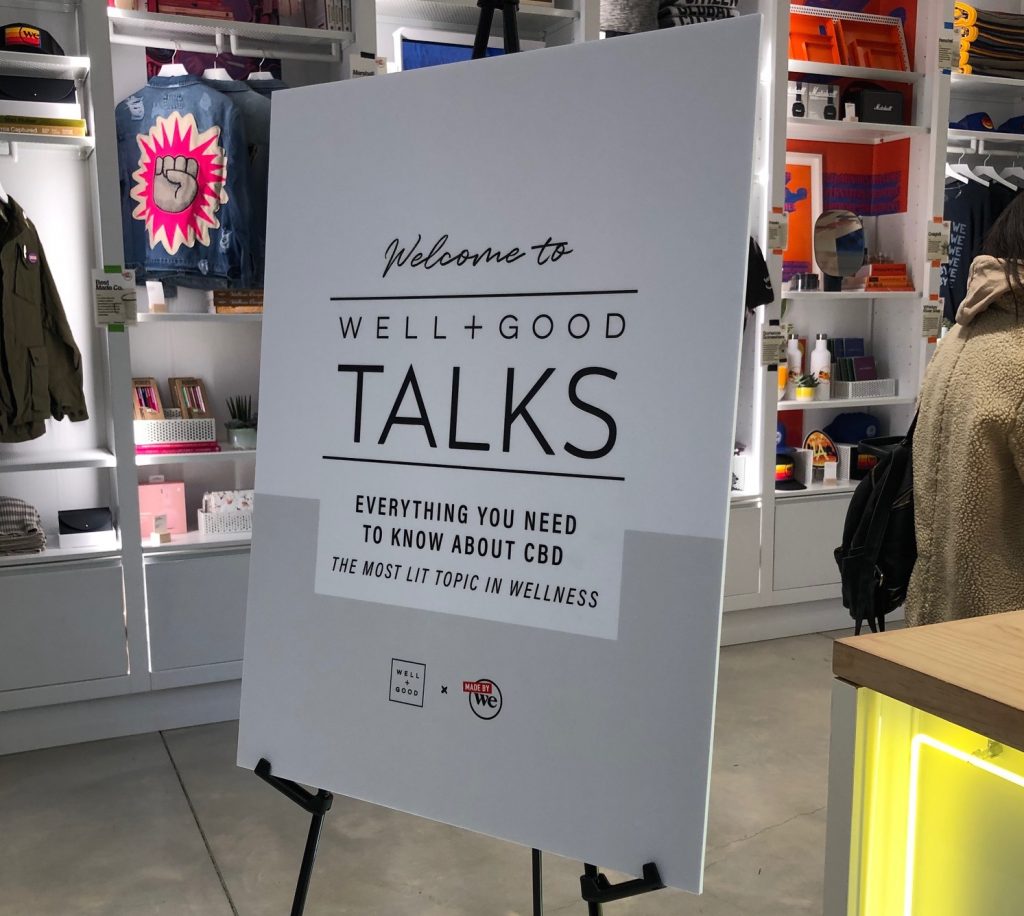
Beyond not getting what consumers pay for, Leyland underscores the dearth of regulation and testing can be dangerous. She said, “You need testing to ensure quality and testing for metal since cannabis sucks up toxins from the ground.”
Compounding the problem, the experts agreed that, without the proper product vetting, users could potentially apply or ingest THC and, as a result, have an undesired high. Van Amburg said, “CBD is not supposed to get you high, but there is a study talking about how, when some CBD products were sampled, some of them had 53% THC.”
“CBD is being sourced from places where there is not a regulated market, and there are a lot of additives or concerning growing procedures.”
As CBD products spread, Mary Pryor, co-founder and CEO of Cannaclusive, recommended caution in selecting an outlet for purchasing them. “Here are some red flags…bodega CBD, normally not the way to go,” she said. “The reason is because that CBD is being sourced from places where there is not a regulated market, and there are a lot of additives or concerning growing procedures.”
As the industry gets sorted out, one myth being debunked is that sales will be driven only by millennials and gen Z. Saniger admitted his initial playbook was hyper-focused on young consumers. But after an 80-year old woman asked him about CBD for arthritis, he shifted gears to be age inclusive. “It is not the trendy thing to just add to your coffee to have fun,” he said. “It can help with serious issues people are dealing with and, hopefully, [there will be] trials to help figure out how to cure these things.”
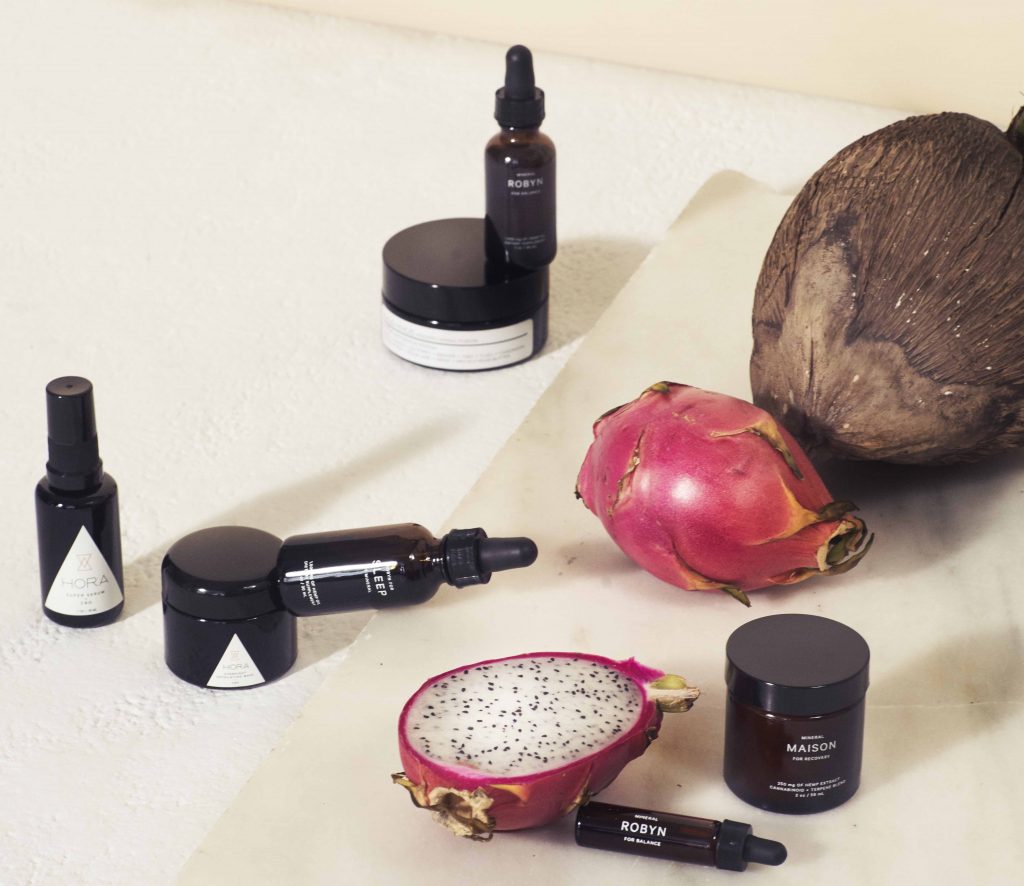
Peering ahead, Pryor said the industry will be delving into the wide array of cannabis components such as THCA, THCB, CBC and CBG in addition to CBD. She said, “This is what everyone is working on now. Most pharma companies are paying to get greater extractions to get hybrid versions. That’s the next wave. People are looking outside just the CBD category.”
Saniger is dialed into finding out how terpenes, which give cannabis its odor, can be mixed with cannabinoids for custom blends. “Everybody’s combination is very different, and I am excited to see what those differences are and how we incorporate them into products,” he said. “I’m looking for how we can have better absorption rates, especially in beauty products. Also, how we can get smarter using technology that will help develop those things, especially in the beauty space.”
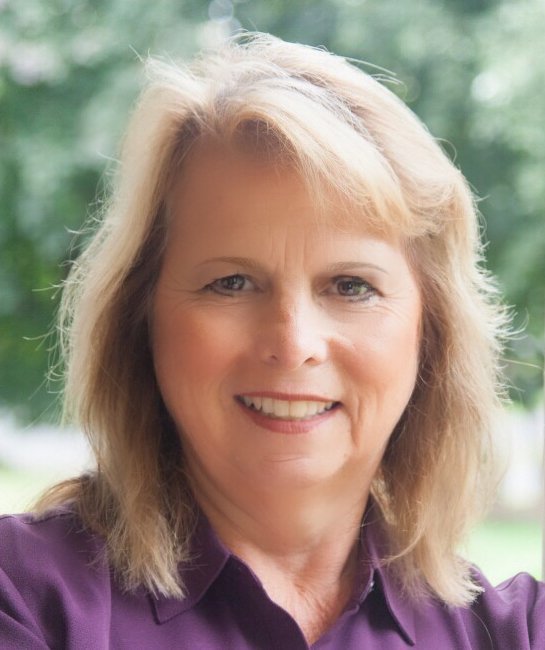
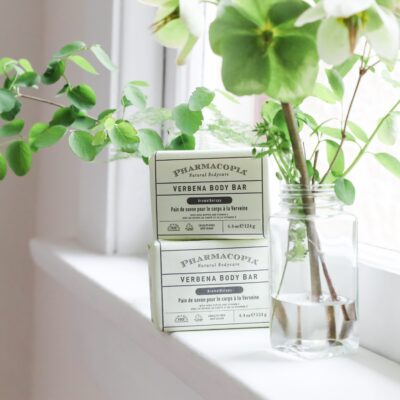
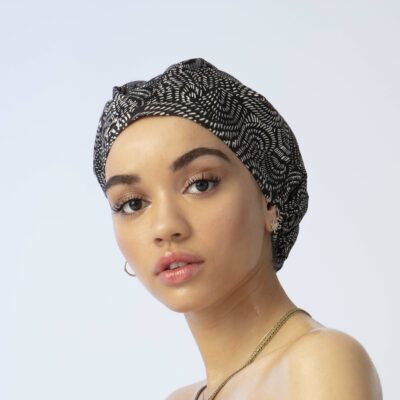
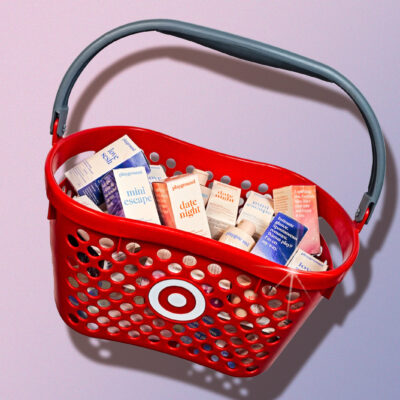

Leave a Reply
You must be logged in to post a comment.